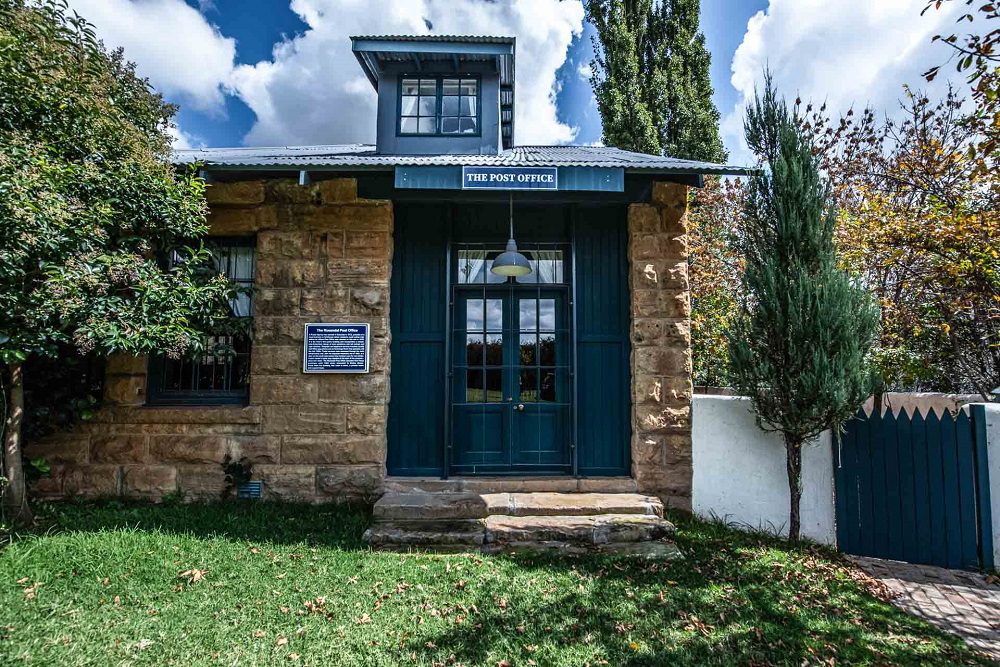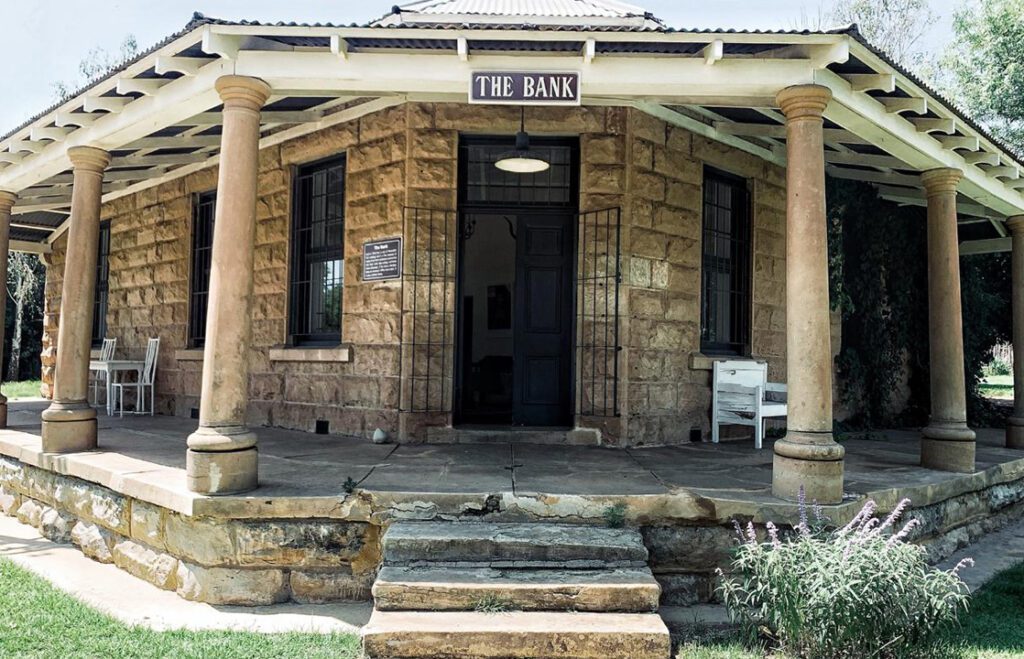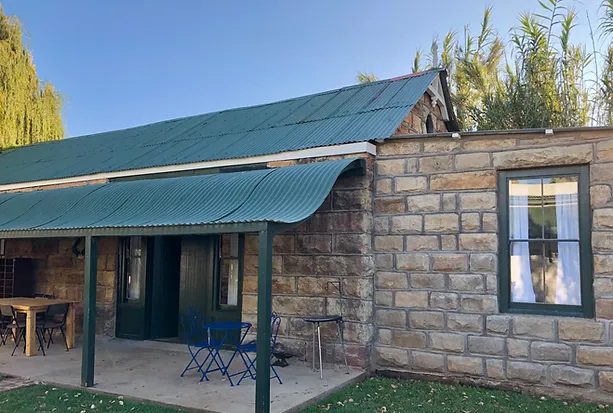


Rosendal and the Anglo-Boer war
Rosendal did not yet exist as a town at the time of the 1899-1902 Anglo-Boer War. But, far from being a backwater, the immediate area in this part of the Eastern Free State was the scene of a number of important engagements and developments critical to the course of the war.
Discover more about Rosendal and the Eastern Free State during the Anglo-Boer war, read and/or download the pdf HERE
Rosendal’s History
Rosendal—from frontier settlement to ghost town and back again
A Blacksmiths shop, a Post Office, a Bank, a Saloon, a Church and a General Dealer store—these are the first things you see for a settlement in an American cowboy movie and the early history of South Africa’s rural towns was not that different. These functional structures, reflecting the rural commerce and community of the eastern Free State of the early 20th Century, were the first to be built in Rosendal after it was founded in 1908. Today, they are restored and form a small heritage district in this farming town and arts colony.
Back then, Rosendal had formed around the needs of local farmers for commercial services and religious communion that could be easily reached by ox-wagon or horseback. Thus, the early decades of the 20th Century brought into being the town we see now—its tiny business district, and a collection of sandstone homes and brick and plaster cottages, overlooked by a magnificent Dutch Reformed Church.
Like nearly all towns in the Free State, it is approximately 45km from the nearest other settlements, Ficksburg or Senekal, the distance that could be ridden in a day on horseback.
But Rosendal did not fully grow into the settlement it was planned to be. This is responsible for what is now a much remarked upon feature—its distinctive low density character. There are long distances between houses and it is not obvious where the town begins and ends. This is due to Rosendal’s unique history as an unfinished town. When it was founded, a grid pattern of streets were laid out for what was intended to be a sizeable settlement. But, located in an isolated area, up against the Witteberg Mountain range to the east, Rosendal did not fulfil this early promise. Of 577 demarcated stands less than 150 are built upon. If that was at one time a disappointment, or a sign of unfulfilled potential, it is now an asset of considerable value. Homes surrounded by what appear to be open fields create an impression of living in open country side. Even when “full”, the town looks empty.
After brisk growth for its first decades as a town Rosendal by the 1960s entered prolonged commercial decline. The opening of a paved road to Senekal and Ficksburg in 1958 diverted retail spending away to larger towns and with the closure of the Afrikaans language school in 1982, the town had lost its vitality. By then it had acquired the features of a ghost town, with many abandoned or derelict buildings. At one point it is estimated there were less than 20 full time residents. Many of the old sandstone homes and buildings were knocked down or their precious sandstone pilfered at this time, leaving the bare foundations that exist now, here and there, as their only reminder.
This reversed from the mid 1990s when a group of writers, artists and adventurers began to call it home, sparking a creative revival. Rosendal remains at heart a working farming town, where livestock wander and sotho cowboys on horseback herd cattle down the main street. This authenticity accounts for much of the town’s current character and appeal. Rosendal, in this regard, is, if not one of the eastern Free State’s most prominent towns, at least one of the most engaging and pleasant.
Historic tours in Rosendal
Whether you’re a history enthusiast or simply curious about the rich heritage of this charming town, these tours offer an immersive experience into the past. Each tour takes you through key landmarks, stories, and hidden gems that bring Rosendal’s history to life. Please click HERE for further details on the tours listed below, and plan your adventure into the heart of Rosendal’s captivating history.
Guided Tour of the Rosendal Heritage District
This tour includes access to the main buildings of former downtown
Historic Rosendal – Self-walk
Discover the history of our town at your own pace with our self-guided history tour.

